Uninterruptible heating: an overview of energy-saving heaters for any home
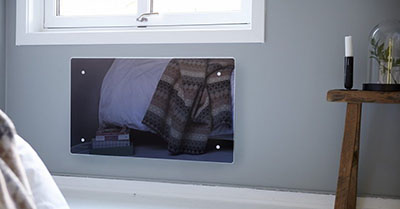
Before purchasing an electric heater, pay attention not only to price and manufacturer, but also on quality characteristics.
Such as safety, environmental friendliness, power and advantages over other devices designed for heating a room.
Energy Saving Heaters for Home
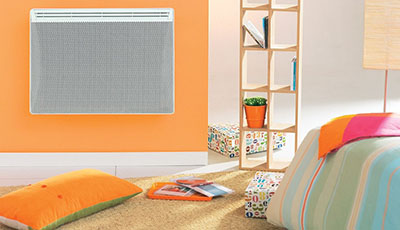
There are different types. They are made from modern materials that eliminate negative impact on the ecological state Houses.
The main differences between energy-saving heaters:
- shape and size;
- heating method;
- weight;
- functionality.
Economical heating devices heat the space in different ways: using convection and infrared radiation.
Infrared
They heat the room infrared radiation. IR heaters are divided into two types: ceramic and quartz.
- Ceramics. The characteristic feature of the heater is the lowest power consumption, because it heats up strongly and quickly up to 85°C and actively distributes heat through infrared rays. Often equipped with a control sensor that regulates heat exchange.
- Quartz. They are heated by a tungsten tube enclosed in a quartz tube, which helps the device eliminate the unpleasant smell from the heating of the tungsten. When dust particles fall on the heated tungsten tube, they burn on it, which causes a heavy smell.
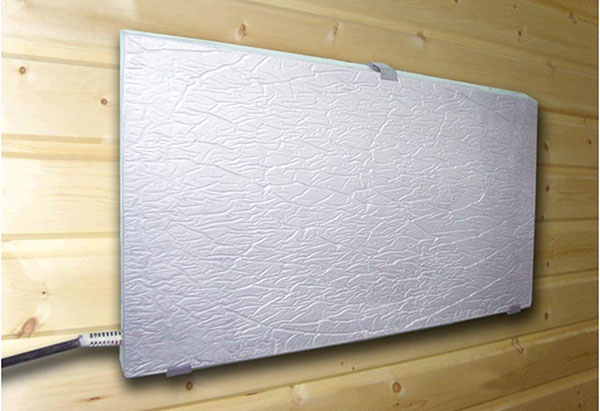
Photo 1. Quartz infrared heater hangs on the wall, does not emit an unpleasant smell when heating tungsten.
The process of heating a space using IR devices occurs as follows:
- IR rays distribute heat.
- The objects in the room absorb it and heat up.
- Furniture, things, interior items give off heat into the room.
Unlike convection heaters, IR devices distribute heat by electromagnetic action in the infrared zone. The economy lies precisely in local heat exchange.
IR heating devices for the home vary in power: from 400 to 3 thousand W. This is one of the criteria for choosing an economical heating device for the home - the lower the power, the smaller the area.
| Power, W | Area of the premises, sq.m | |
| Autumn - Winter | Spring - Summer | |
| 400 | 2 | 4 |
| 600 | 6 | 12 |
| 700 | 7 | 14 |
| 800 | 8 | 16 |
| 900 | 9 | 18 |
| 1000 | 10 | 20 |
| 1200 | 12 | 24 |
| 1300 | 13 | 26 |
| 1600 | 16 | 32 |
| 2000 | 18 | 20 |
| 2500 | 25 | 50 |
| 3000 | 30 | 60 |
It is advisable to insulate the house. This measure will increase the heat distribution spectrum.
| Pros | Cons |
| Environmental safety | Heating the air for a long time |
| It has no smell | Increased lamp glow (becomes red when heated) |
| Keeps oxygen in the room | - |
| Easy installation and maintenance | - |
| Does not create drafts | - |
| Heat exchange control | - |
| Fast heating of the room (in half a minute) | - |
| Transportability | - |
Due to the increased efficiency factor (EFF), infrared heaters consume less electricity unlike the usual ones.
Important! Any IR heating device has a temperature control sensor, with which you can regulate the power of heat distribution.
The price of economical heaters depends on the power, type, material, modification, purpose of the product, radiation spectrum, dimensions. Thus, the average price tag of an IR electric heater is from 2500 to 9500 rubles.
Electric convectors
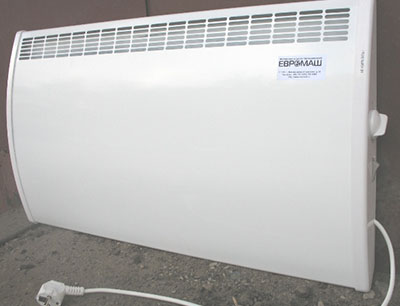
These heating devices are somewhat different in that the air is heated by convection, that is, air circulates through the heating element.
- Air penetrates through a special grate inside.
- It is heated by the coolant.
- It comes out through another hole.
Already warm air rises to the ceiling, and cold air enters the convector instead.
And according to the same principle it spreads throughout the room.
Convector heating devices have the power from 500 to 2500 W.
| Power, W | Area of the premises, sq.m |
| 500 | up to 6 |
| 750 | up to 9 |
| 1000 | up to 12 |
| 1250 | up to 14 |
| 1500 | up to 17 |
| 1750 | up to 19 |
| 2000 | up to 23 |
| 2500 | up to 27 |
Pros:
- Quiet operation mode.
- Ergonomics, ease of installation.
- Long service life (up to 10 years).
- Does not dry the air.
- Environmentally friendly.
- Maintaining a set temperature.
Cons:
- It feels like the air is overheated.
- Doesn't heat up spaces with high ceilings well.
- The temperature regime differs sharply between the bottom and the top: it's warmer down below.
The saving of electric energy of convection heating is that the air in the room is heated literally a few seconds after the device starts working. The convector consumes minimum electrical energy, thanks to control sensors and heating of the air only inside itself.
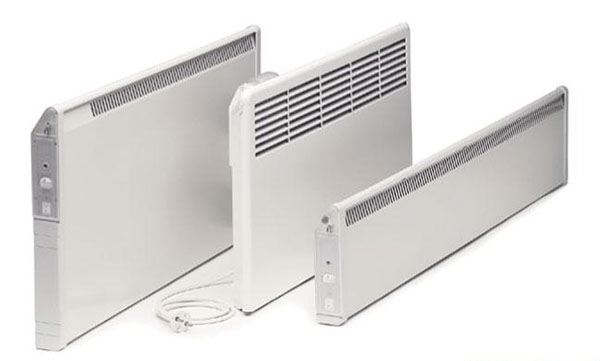
Photo 2. Three electric convectors of different sizes can heat the air in a few seconds.
The electric convector does not waste "power" on distributing heat in the apartment, thereby using a minimum amount of energy. And automatic shutdown upon reaching the desired temperature, will save you a lot of money.
Since convection energy-saving heating devices have different types (built-in, floor-standing, wall-mounted), as well as differences in power, their price tag is not fixed.
For example, the average cost:
- floor-standing — 2000 rub.;
- built-in - 3200 rub.;
- wall-mounted — 1700 rub.
Oily
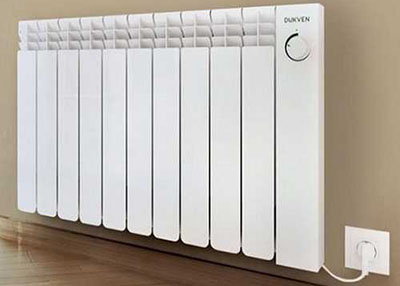
Economical heaters based on mineral oil are panel and sectional. Inside them is filled with oil, which heats up up to 85°C approximately half an hour after switching on.
The device operates in several modes, which the owner sets at his own discretion.
Heat distribution occurs from top to bottom, that is, the warm air from the radiator first rises upward and then spreads throughout the entire room.
Heat is generated by the heating element: first it heats up, then the heat is transferred to the oil, and only then it comes out. Heating occurs as follows:
- The device heats up when connected to the mains.
- The temperature rises to the peak of the set mode.
- The device switches off automatically thanks to a thermostat that controls the temperature.
- When it cools down, it turns on again.
The power of mineral oil heaters varies from 1000 to 2500 W.
| Power, W | Area of the premises, sq.m |
| 1000 | up to 10 |
| 1200 | up to 12 |
| 1300 | up to 14 |
| 1500 | up to 16 |
| 1700 | up to 18 |
| 2000 | up to 20 |
| 2200 | up to 22 |
| 2300 | up to 25 |
| 2500 | up to 27 |
Advantages:
- Safety.
- Long service life.
- Silent operation mode.
- Relatively low cost.
- No unpleasant odors.
Flaws:
- Long heating, heat distribution.
- Heavy weight.
The thermostat installed in the oil radiator acts as a temperature sensor. When the sensitive bimetallic material reaches the set parameter, the device switches off. This saves energy and money.
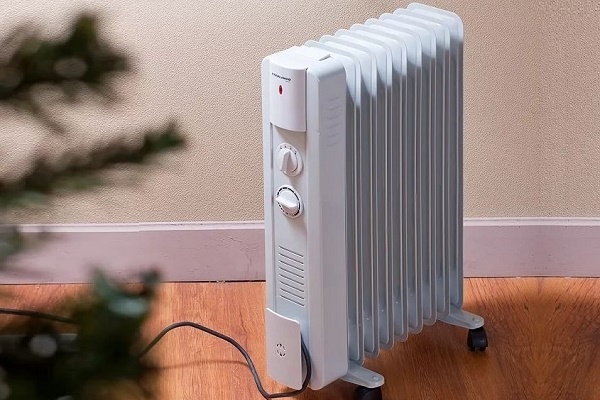
Photo 3. Oil heater indoors, works from the mains, is equipped with a thermostat, so it switches off automatically.
The price tag depends directly on the power and manufacturer of the device. So, you can buy an oil heater for 1500 rubles, and it is possible for 5000. But the average price of an energy-saving heating device with a capacity of 1500-2000 W in Russia is 3000–3500 rubles.
Ceramic
The operating principle of the heater is similar to convection, that is, the unit itself does not distribute heat, it only warms the air, which gets inside the unit. Inside there is a ceramic plate, as well as a mini-fan. During the heating of the ceramic plate, the air is heated:
- The ceramic plate is heated.
- Air circulates inside the heater, heats up, and then exits.
The room warms up gradually but quickly. Ceramics retain heat for a long time.
The power of ceramic devices is the same as that of infrared devices.
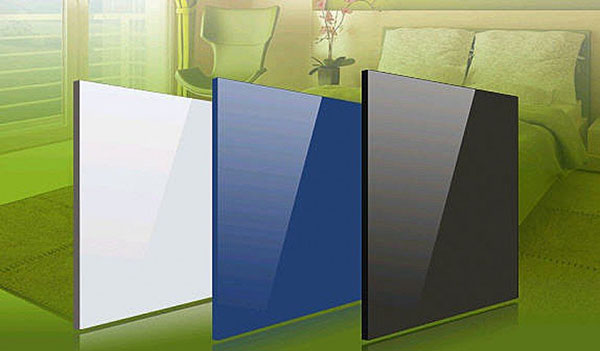
Photo 4. Three ceramic heaters of different colors heat the room gradually and retain heat for a long time.
Advantages:
- Environmentally friendly.
- Long service life.
- Fast heating.
- Ergonomics.
- Saving electrical energy.
- Small dimensions.
- Silent operation mode.
The device has no shortcomings.
Ceramics give off heat very well and heat up quickly. This is one of the important indicators when saving electricity. Some models have a built-in temperature sensor.
The price of ceramic heaters is relatively high, but considering all the advantages of the device and energy consumption, it quickly pays for itself. Average price in Russia for 2018 - 9-11 thousand rubles.
Criteria for choosing the most economical device
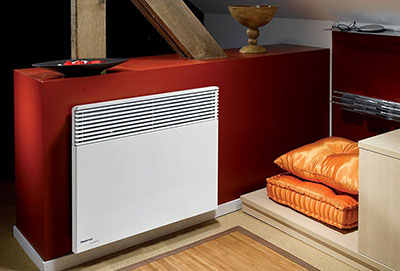
Exists 4 types of heater, which save electricity, do not dry the air, are completely environmentally friendly and fireproof.
When choosing a heating device, consider the following factors:
- ratio of footage and power of the unit;
- choosing a method for heating the room;
- speed of heating and maintaining temperature;
- safety.
Important! To determine the approximate power of the heater required for a room, consider that 1000 W is consumed per 10 sq. m.
Starting with power 1300 W, the devices are selected taking into account the ceiling height and voltage.
- Recommended ceiling height: 2.7 m. V > 220.
- Recommended ceiling height: 2.7 m. V > 220.
- Recommended ceiling h < 4.5 m, V > 220.
- Recommended ceiling h > 4.5 m, V = 380.
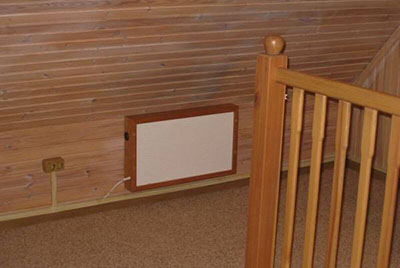
Energy-saving heaters heat the space either using infrared rays or convection.
IR rays are the most convenient if the room is small and people are regularly found.
An infrared heater, unlike a convector heater, gently heats the room without temperature fluctuations. When the convector is operating the room cannot be ventilated, otherwise his work will be useless.
The speed of heating the room and maintaining the achieved temperature affects energy savings. IR heaters win in speed and convection type devices. The heating time after switching on the unit is less than a minute. But oil heaters consume more energy, as they require about half an hour to heat up.
As for maintaining the required temperature, then it is impossible to single out any specific type of heater here. Almost all equipped with a temperature control sensor, which maintains the specified parameters in the room.
Attention! Safety is the main criterion when choosing a heater. For example, an oil unit can reach temperatures up to 100–110 °C. If it turns over or something heavy falls on it, an explosion and oil splashing are likely. But the manufacturers have foreseen this and the bimetallic thermostat will protect the unit from overheating.
Infrared and convector heaters in this regard more reliable. For safe operation, built-in devices are recommended.
How to do it yourself?
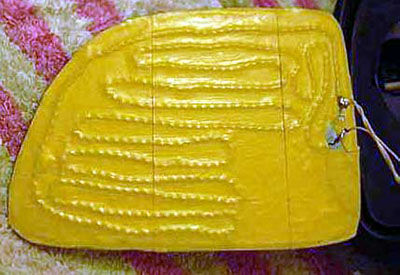
It is not necessary to buy an energy-saving unit, as it you can do it yourself with a minimum of tools.
To assemble an IR heater you will need:
- epoxy glue;
- graphite powder;
- laminated paper plastic;
- terminals;
- cord with plug;
- simple thermostat.
Heater assembly sequence:
- Mix epoxy glue with graphite powder. There should be more graphite, because the glue is only needed for bonding.
- Apply the prepared mixture to a sheet of paper plastic with an area of 1 sq. m. in the form of a long snake.
- Place a second sheet of paper plastic of the same area on top, but do not squeeze the layers.
- Use clamps to attach a cord with a plug around the graphite strip. Add and connect the thermostat.
Done. To make the heater look nice, you can decorate it in a beautiful frame.
Useful video
Video review of an infrared electric heating panel that uses energy economically.
Results
First place in terms of economy, environmental friendliness and safety they occupy infrared heaters. Both quartz and ceramic. Their The second advantage is the reasonable price and characteristics. Heaters made of pure ceramics are more environmentally friendly, not inferior to convectors and IR, but their disadvantage is the cost.







